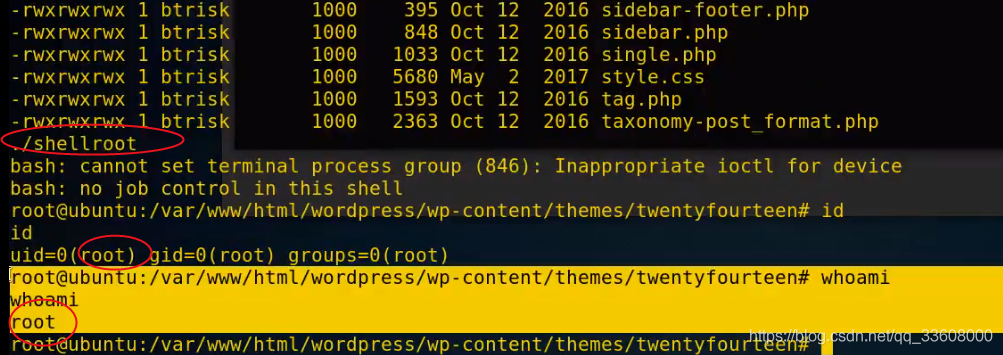Preface
I believe many of our students often use Node( node ) and Element( node ) The concept of , So what's the difference between the two , I don't know how many people can answer this question ?
today , Here I try to explain Node and Element The difference between .
preparation
At the beginning of the formal introduction Node and Element Before the difference , Let's prepare the following code first :
<div id="parent">
This is parent content.
<div id="child1">This is child1.</div>
<div id="child2">This is child2.</div>
</div>Most of the following phenomena and conclusions will be illustrated with the help of the structure of this code .
getElementById What exactly is obtained ?
document.getElementById() Method should be one of the most commonly used interfaces , Then its return value is Node still Element?
Let's use the following code to verify :
let parentEle = document.getElementById('parent');
parentEle instanceof Node
// true
parentEle instanceof Element
// true
parentEle instanceof HTMLElement
// true You can see ,document.getElementById() The result obtained is Node It's also Element.
Node、ELement and HTMLElement What does it matter ?
Why use Node、Element and HTMLElement To make type judgments ? What is the relationship between them ?
Look at the code :
let parentEle = document.getElementById('parent');
parentEle.__proto__
// HTMLDivElement {…}
parentEle.__proto__.__proto__
// HTMLElement {…}
parentEle.__proto__.__proto__.__proto__
// Element {…}
parentEle.__proto__.__proto__.__proto__.__proto__
// Node {…}
parentEle.__proto__.__proto__.__proto__.__proto__.__proto__
// EventTarget {…}
parentEle.__proto__.__proto__.__proto__.__proto__.__proto__.__proto__
// {constructor: ƒ, …}
parentEle.__proto__.__proto__.__proto__.__proto__.__proto__.__proto__.__proto__
// nullFor the above output results , We can use a graph to more intuitively express the relationship between them :
That explains why getElementById What we get is Node It's also Element, because Element Inherited from Node.
Thus, we can also draw a conclusion :Element It must be Node, but Node Is not necessarily Element.
therefore :Element have access to Node All the ways .
Look more directly at Node and Element
Despite the above conclusion , It's also clear Node and Element The relationship between , But that's just a theory , We also need more straightforward results to strengthen our understanding of theory .
NodeList Content :
- [0] "\n This is parent content."
- [2] "\n "
- [4] "\n "
Element.children All that is obtained is all that is under the parent element div, and Element.childNodes All the nodes under the parent node are obtained ( Contains text content 、 Elements ).
Single Node Where's the limit of ?
From the example above NodeList In content , A newline \n Be treated as a separate Node, A new doubt arises : Single Node Where are the boundaries ?
We will use HTML Remove the formatting code 、 Merge into one line , Revised as follows :
<div id="parent">This is parent content.<div id="child1">This is child1.</div><div id="child2">This is child2.</div></div>Output results :
NodeList There are no line breaks in the , In the previous example NodeList The newline character in the source code is because , HTML Labels and labels 、 Generated by line breaks between content and labels .
Now you can answer a single Node Where are the boundaries of , Two aspects :
- A single HTML The label is a separate Node;
- For non HTML label ( For example, the text 、 Spaces, etc. ), From a HTML The beginning of the label , To the first one I met HTML Label until , If there is something in the middle ( Text 、 Spaces, etc. ), Then this part is a Node.
Further
Because the above examples use block level elements , What happens if you use inline elements ?
Experiment 1 :
<div id="parent">This is parent content.<span>This is a span.</span><div id="child1">This is child1.</div><div id="child2">This is child2.</div></div>Experiment two :
<body>
<div id="parent">This is parent content\n.
<span>This is a span.</span>
<div id="child1">This is child1.</div><div id="child2">This is child2.</div>
</div>
</body>You can see , Even if span Elements , The final result is also consistent with the above single Node Boundary conclusion .
Expand
From so many examples above , We can expand and summarize :
- HTML Line breaks in can only use
</br>label ,\nWill be parsed directly into a string ; - HTML In the code , Between label and text 、 Labels and line breaks between labels will be recorded truthfully , Reflected in the results obtained is
\n; - HTML In the code , Labels and labels 、 Text and text 、 The space between the text and the label is not truthfully recorded ;
node.dataIn content\nThe number of space characters following is related to the number of formatted space configuration in the actual code , In fact, it is “ The spaces will be recorded truthfully ”.
summary
The above is illustrated by several examples Node and Element The difference between , The main conclusion is :
document.getElementById()The result obtained is Node It's also Element.- Element It must be Node, but Node Is not necessarily Element, It could be text 、 Spaces and line breaks .
- NodeList The newline character in the source code is because , HTML Labels and labels 、 Generated by line breaks between content and labels .
- A single HTML The label is a separate Node.
- For non HTML label ( For example, the text 、 Spaces, etc. ), From a HTML The beginning of the label , To the first one I met HTML Label until , If the middle consists of content ( Text 、 Spaces, etc. ), Then this part is a Node.
~
~ The end of this paper , Thank you for reading !
~
Learn interesting knowledge , Make interesting friends , Create interesting souls !
Hello everyone , I am a 〖 The samadhi of programming 〗 The author of Hermit King , My official account is 『 The samadhi of programming 』, Welcome to your attention , I hope you can give me more advice !











